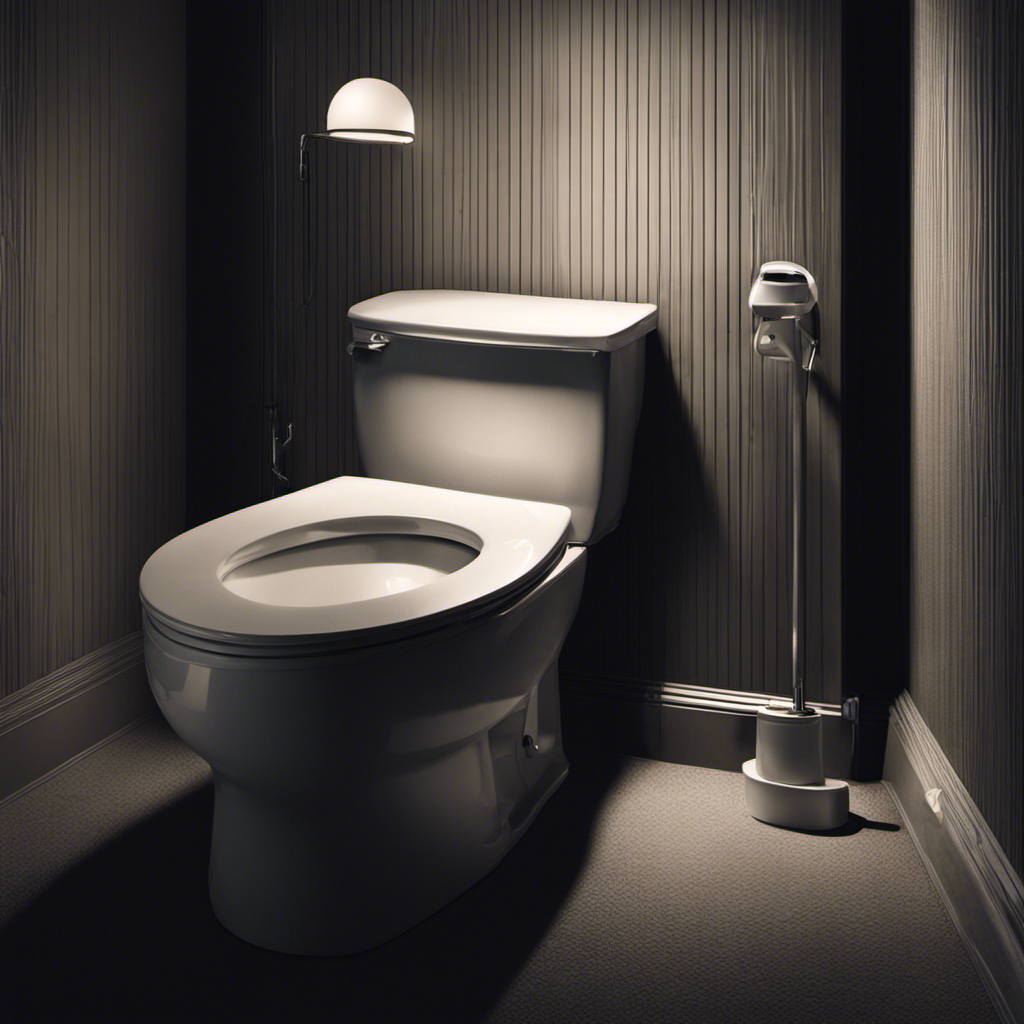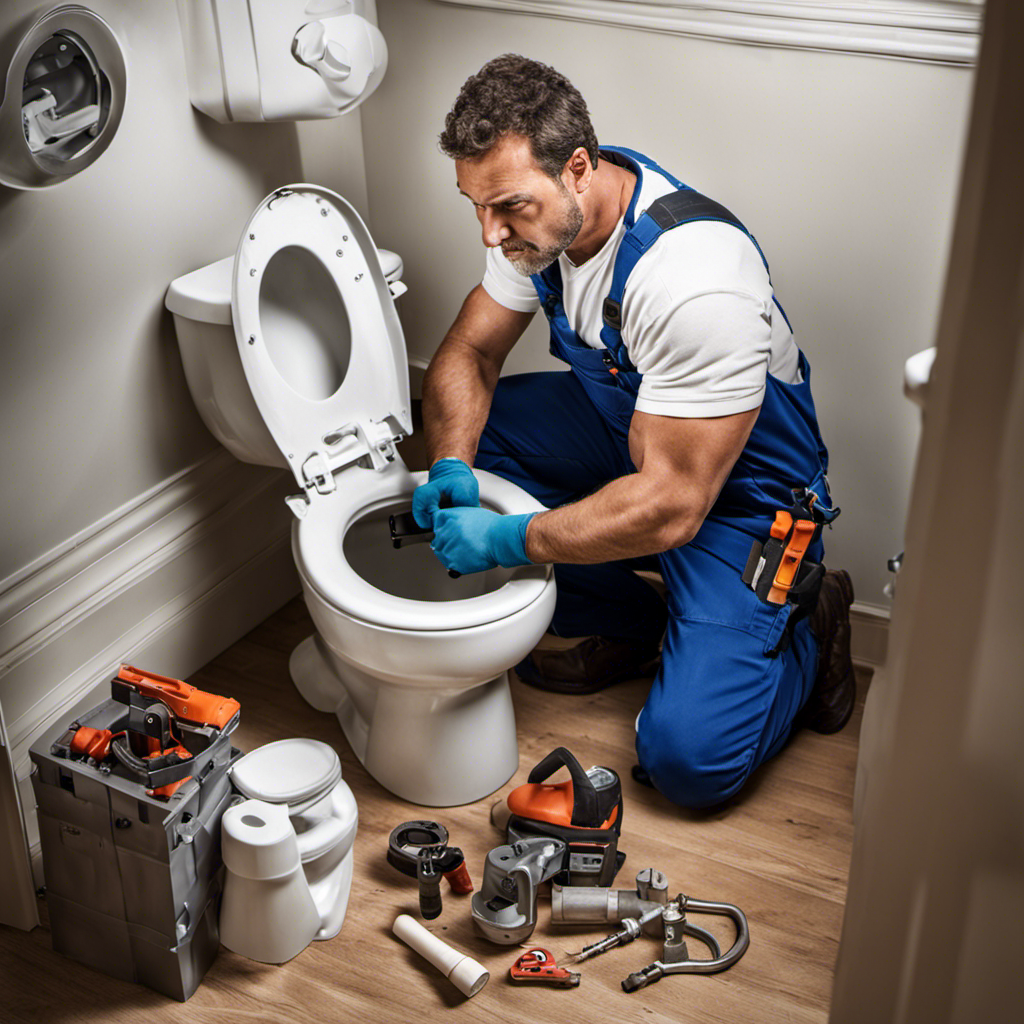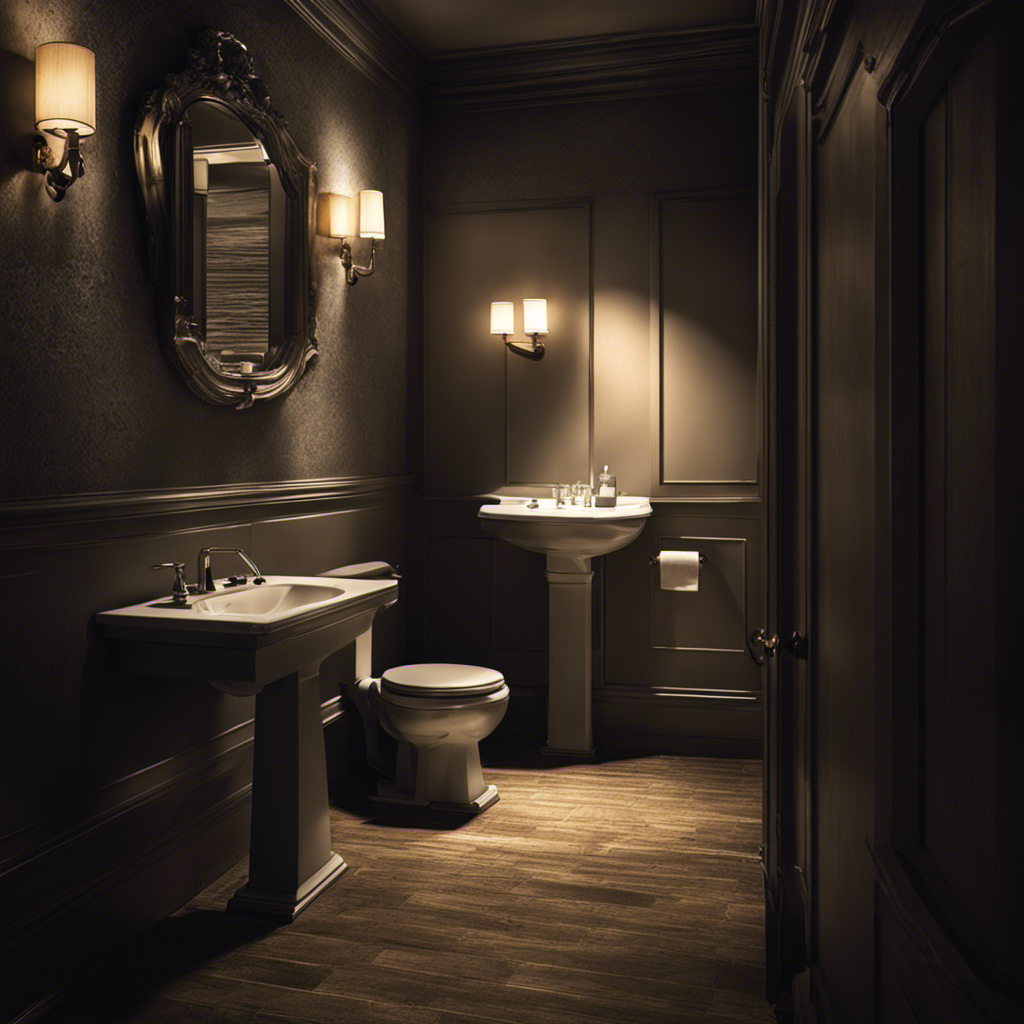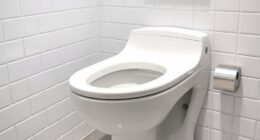When the power goes out, it can feel like we’re suddenly transported back in time to a world without modern conveniences. And one of the most essential modern conveniences we often take for granted is the ability to flush our toilets.
But what happens when the power is out? Can you still flush the toilet?
In this article, I’ll provide you with valuable insights and alternative methods for flushing your toilet during a power outage.
So, let’s dive in and explore this important topic together.
Key Takeaways
- Electric power outages can disrupt the functioning of electric pumps used in wastewater transportation, impacting toilet flushing.
- Water conservation is crucial during a power outage, so limit flushing to solid waste only.
- Alternative methods for flushing toilets during a power outage include bucket flush, portable toilets, composting toilets, and pouring water directly into the toilet tank.
- Being prepared with supplies like water buckets, gloves, disinfectant wipes, and portable toilets can ensure a more comfortable and sanitary experience during a power outage.
Understanding the Impact of Power Outages on Toilet Flushing
Yes, you can flush the toilet when the power is out. However, it is important to understand the impact of power outages on sewage systems and the need for water conservation during such times.
When the power goes out, the electric pumps that transport wastewater from your home to the sewage treatment plant may stop working. This means that flushing the toilet may not immediately remove the waste from your home.
To conserve water during a power outage, it is advisable to limit flushing to only solid waste and to use alternative methods, such as pouring water directly into the toilet bowl to manually flush it.
Additionally, reducing water usage for other activities, such as bathing and washing dishes, can help conserve water until power is restored and the sewage system is fully operational again.
Alternative Methods for Flushing Toilets During a Power Outage
There are alternative ways to handle flushing during a power outage. It can be a stressful situation, but there are emergency solutions that can help you navigate this inconvenience while also conserving water. Here are three options to consider:
-
Bucket Flush: Fill a bucket with water from another source, such as a bathtub or a nearby lake, and pour it into the toilet bowl. This will create enough force to flush the waste down the drain.
-
Portable Toilet: Invest in a portable camping toilet that doesn’t require water or electricity. These toilets usually come with waste bags that can be disposed of later.
-
Composting Toilet: Consider installing a composting toilet in your home. These toilets break down waste into compost, eliminating the need for water and electricity.
Preparing Your Toilet for a Power Outage
Consider taking steps to prepare your toilet for a potential power outage.
In the event of a power outage, it is important to be prepared for the possibility of a toilet backup. One simple way to prevent this is to fill a few large buckets with water before the power goes out. This water can be used to manually flush the toilet by pouring it into the bowl.
Additionally, it is a good idea to have a supply of disposable gloves, garbage bags, and disinfectant wipes on hand for emergency sanitation.
In the event that the power outage is prolonged, it may be necessary to use alternative options such as a portable camping toilet or a chemical toilet.
Being prepared for a toilet backup during a power outage can help ensure a more comfortable and sanitary experience.
Supplies and Equipment Needed for Flushing Toilets Without Power
Having a supply of buckets filled with water and disposable sanitation items is essential for flushing toilets during a power outage. When it comes to portable options, there are a few key items that can make all the difference in maintaining sanitation and water conservation.
-
Portable Toilet: Investing in a portable toilet can provide a convenient and hygienic solution during a power outage. These toilets are designed to be easily transported and can be set up anywhere in your home.
-
Waterless Toilets: Consider installing a waterless toilet system that uses composting or incinerating technology. These systems eliminate the need for water and can be a sustainable long-term solution for off-grid living.
-
Rainwater Collection: Utilize rainwater collection systems to gather water for flushing toilets. This not only conserves water but also reduces the reliance on municipal water supply during a power outage.
Safety Considerations for Using Alternative Methods to Flush Toilets During a Power Outage
For safety reasons, it’s important to be mindful of the potential risks associated with using alternative methods to flush toilets during a power outage. While it’s crucial to have emergency preparedness for toilet flushing, hygiene concerns should not be overlooked.
When the power goes out, traditional flushing methods may not be available, and it’s essential to find alternative solutions that prioritize hygiene. One option is to use a bucket of water to manually flush the toilet. However, it’s important to remember that this method can be physically demanding and may pose a risk of spills or accidents.
Another option is to use disposable bags or liners that can be sealed and disposed of properly. These bags can help maintain hygiene and minimize the risk of contamination.
Whichever method is chosen, it’s crucial to exercise caution and prioritize safety and hygiene during a power outage.
Conclusion
In conclusion, when power is out, flushing a toilet can be a challenging task. However, there are alternative methods available to ensure proper sanitation.
By preparing in advance and having the necessary supplies and equipment, such as buckets of water or a portable toilet, you can overcome this inconvenience.
Safety should always be a priority when using alternative methods, so be cautious and follow proper guidelines.
Remember, in a power outage, don’t panic, plan and prepare to prevent problems!










